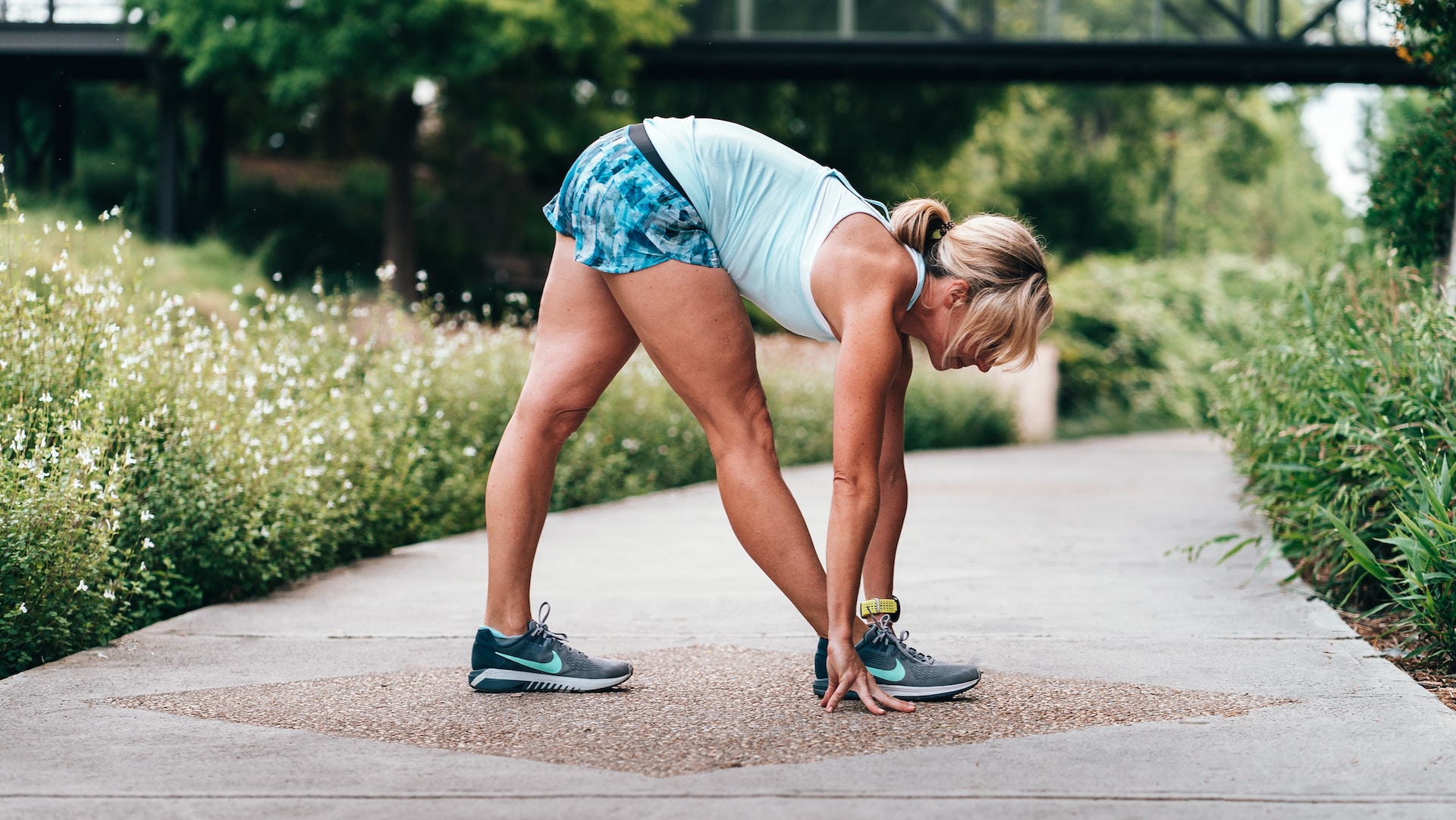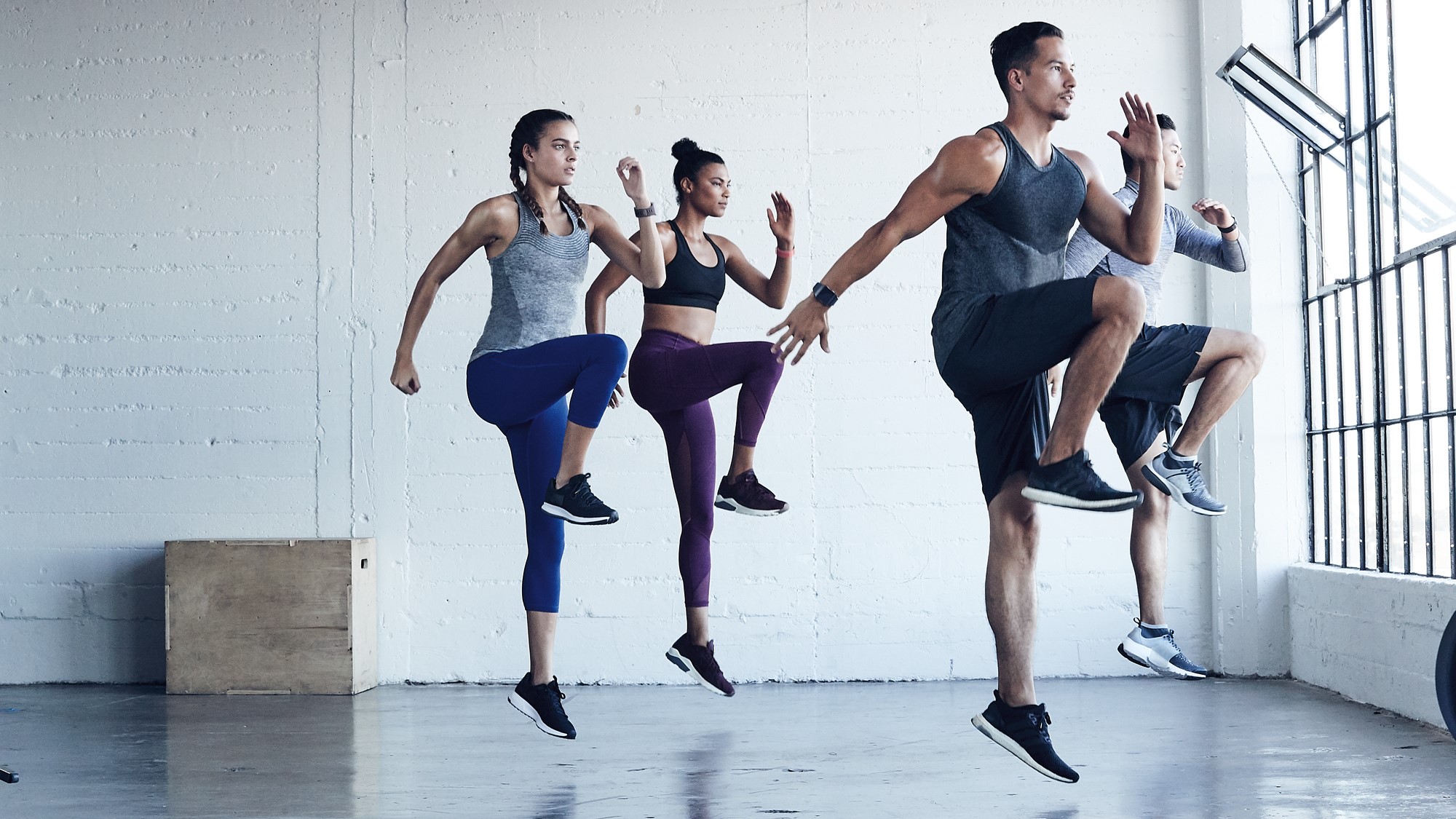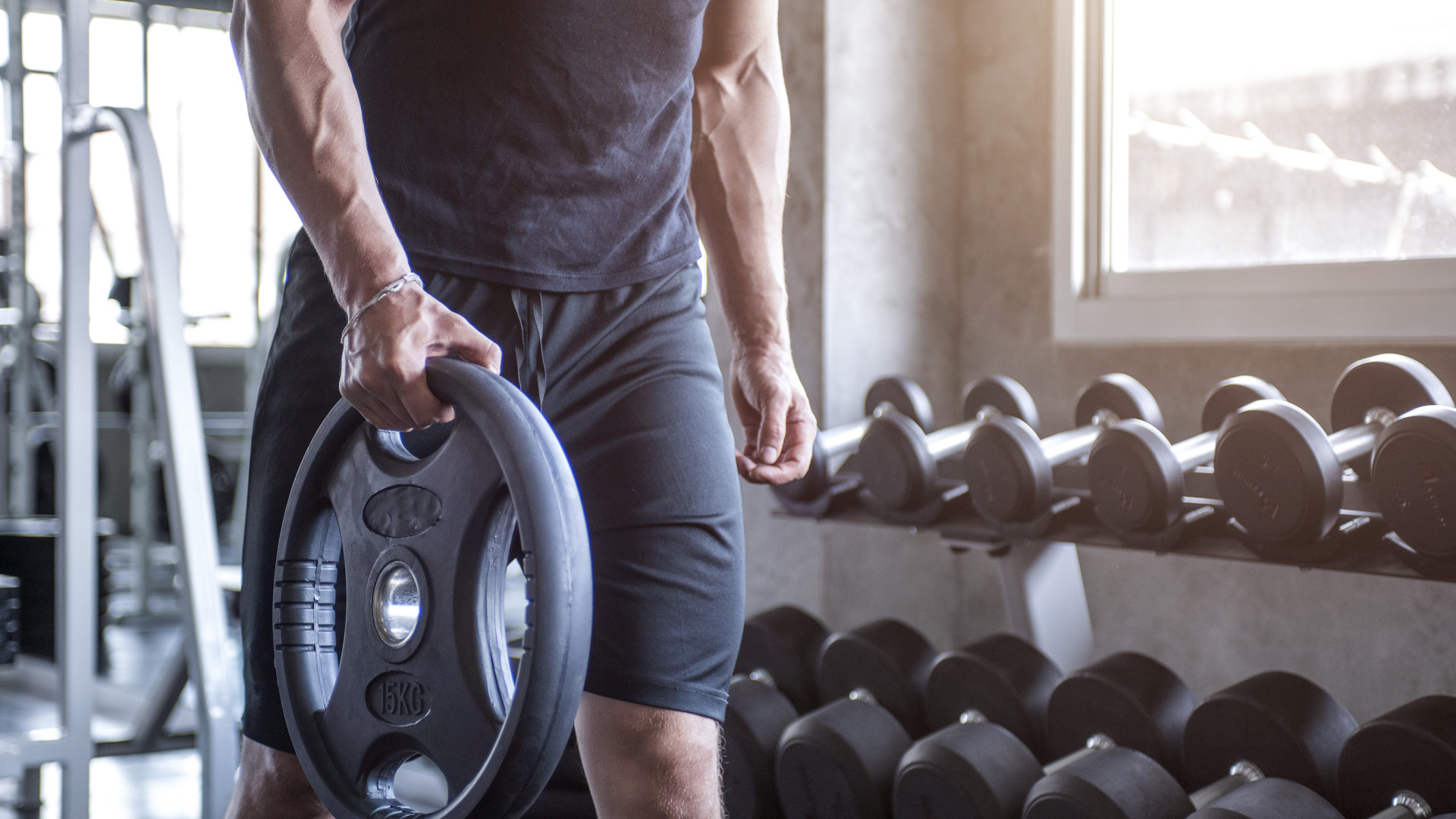

Have you taken a trip to the gym lately? It feels like the entire country has recently signed up to a 'deal of a lifetime' and decided to shed fat, build muscle and generally get really sweaty... all at the same time!
That's not fair, because anyone committed to getting fit this January should be applauded and we have totally got your back when it comes to introductory hints, tips and product guides to anything fitness related, no matter how much it impacts our time in the squat rack.
Never performed a squat in your life? Fret not, we've got a guide on that. Fancy dipping a toe into the world of calisthenics? Yep, we have some advice on that here. Need a ma-hoosive water bottle to stay hydrated in the gym? We've tested those too.
One thing we can't help is the fact that many jump into a new fitness routine with child-like excitement, only to pull a muscle or generally become disheartened and give it all up.
Thankfully, Jim Summersby, a strength and conditioning coach at PerformancePro Fitness, knows exactly how to avoid injury and avoid derailing your 2020 fitness goals.

Avoid injury with these top tips from PerformancePro strength and conditioning coach Jim Summersby
- Now try this simple, three-day workout for beginners
- Track your workouts with our guide to the best Fitbit for you
- Stay hydrated during heavy lifting sessions with the best gym water bottles
Top tips for staying injury-free
If it doesn't feel right, it probably isn't
Let's use the example of a bench press - a move that can often cause injury if performed incorrectly. The muscles we are targeting are the pectoral and tricep muscles. If you start feeling the movement predominantly through the front of the shoulder or get pinching sensations through the shoulder, you're doing it wrong. In this case do not persist with this movement and seek advice on how to correct this.
Sign up to the T3 newsletter for smarter living straight to your inbox
Get all the latest news, reviews, deals and buying guides on gorgeous tech, home and active products from the T3 experts
Focus on form
The body is a fantastic compensator. In a squat movement, for example, common compensations include knees caving in and the spine rounding in the bottom position of the movement. This, over time, could increase the risk of injury. The best things to do are: firstly, make sure you understand how the movement should be performed and secondly, work with weights that enable you to lift with good form (don’t start heavy).
Finally, ensure you choose a variation of the exercise that relates to your ability level. For example, you may work with a goblet squat before advancing to a barbell squat.

Warming up properly is an often overlooked part of any fitness routine
Warm up
Ensure you prepare for the workout effectively. Don't just jump straight into your fitness routine, build into the session slowly. Five minutes on the static bike to warm-up and a few static stretches won't cut it, you need to mobilise and activate the key muscles groups you are about to work on during the session. An example of this could be when preparing for a squat, you could foam roll the glute and quad muscles followed by some bodyweight squat and split squat patterns to really get that area firing.
Give your body time to adapt
Connective tissue (tendons, ligaments, etc.) adapts at a different rate to muscles. Due to the fact we see quicker gains in muscle, we often push the volume (amount) or intensity (how heavy) of our training far too quickly. In doing so, we are not allowing the connective tissues sufficient time to adapt. The repercussions of this can lead to long term issues, such as injuries and niggles which will inevitably hinder your long term goals. Remember, slow progress is better than no progress.
- You need fuel after your workouts. Here are the best protein bars and snacks
- Burn fat fast with HIIT
- Get fit at home with this kit
Leon has been writing about automotive and consumer tech for longer than he cares to divulge. When he’s not testing the latest fitness wearable and action camera, he’s out in a shed fawning over his motorcycles or trying not to kill himself on a mountain bike/surfboard/other extreme thing. He's also a man who knows his tools, and he's provided much of T3's drills coverage over the years, all without injuring himself.

